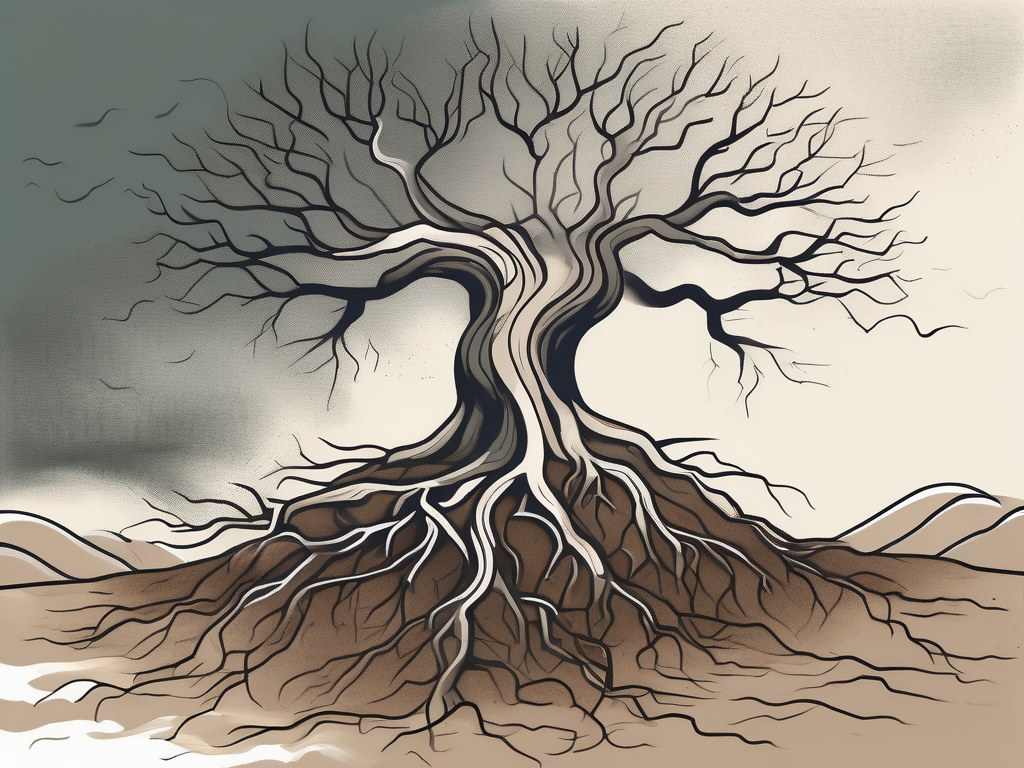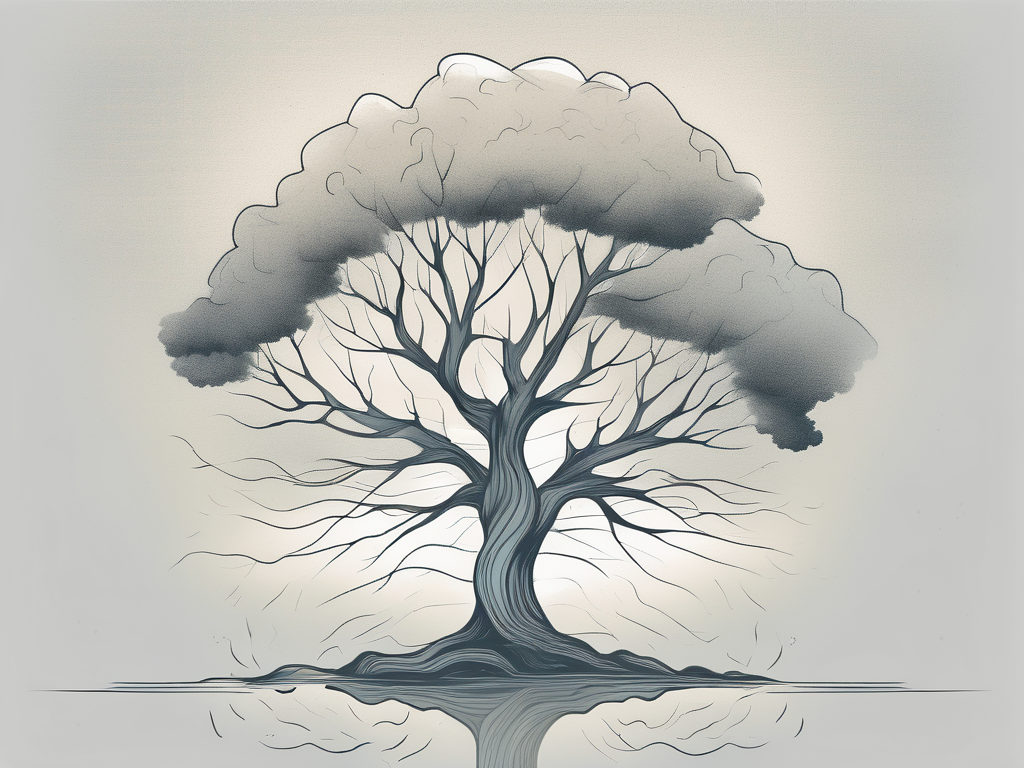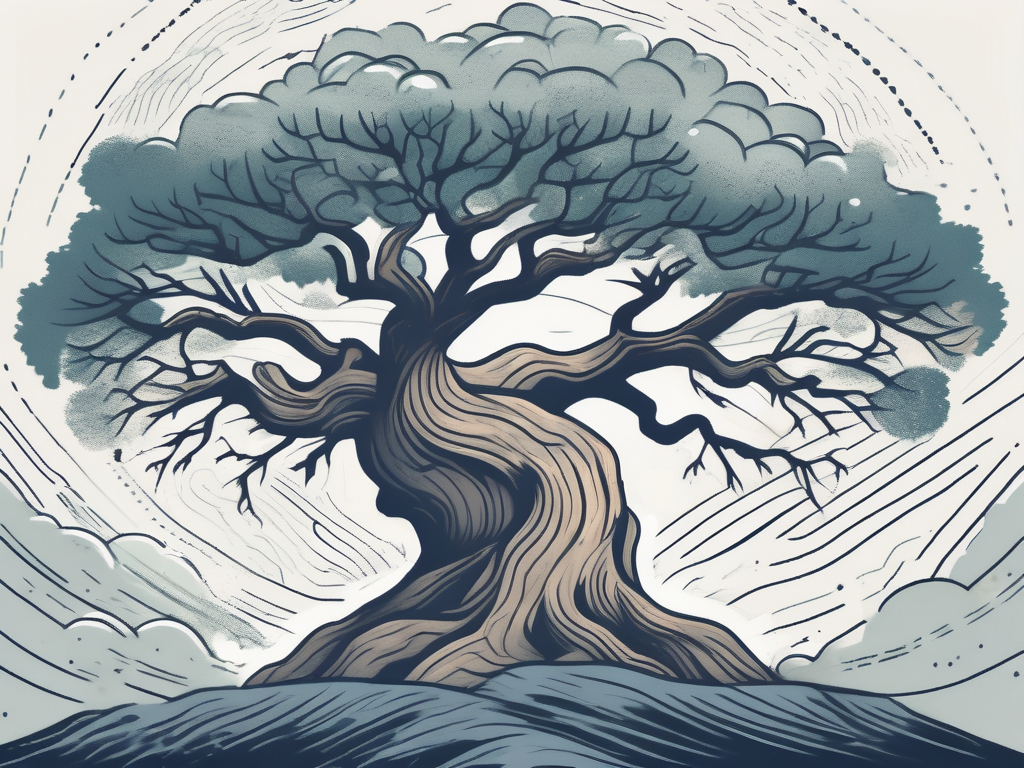In today’s fast-paced and unpredictable world, it’s no wonder why many people are turning to ancient philosophies to find inner peace and resilience. One such philosophy that has gained popularity in recent years is Stoicism. Stoicism, with its emphasis on self-control, resilience, and self-improvement, offers practical exercises that can help individuals navigate life’s challenges with grace and composure.
Understanding the Philosophy of Stoicism
Before diving into the exercises, it’s important to have a basic understanding of Stoicism and its principles. Stoicism originated in ancient Greece and was later adopted by the Romans. It teaches that the key to happiness lies in focusing on the things within our control and accepting everything else with equanimity.
The Origins of Stoicism
Stoicism was founded in Athens in the early 3rd century BC by Zeno of Citium. Zeno, a student of Crates of Thebes, was deeply influenced by earlier schools of thought, such as Cynicism and Heraclitus’ teachings. Cynicism emphasized living a simple and self-sufficient life, while Heraclitus’ philosophy centered around the idea of constant change and the unity of opposites.
Zeno combined these ideas with his own insights to create Stoicism, a philosophy that aimed to provide individuals with a practical framework for living a virtuous and fulfilling life. Stoicism gained popularity over time, attracting followers from various walks of life, including philosophers, statesmen, and ordinary citizens.
One of the key figures in the development of Stoicism was Seneca, a Roman philosopher who lived in the 1st century AD. Seneca’s writings, particularly his letters and essays, played a significant role in spreading Stoic ideas and making them accessible to a wider audience.
Another influential Stoic philosopher was Epictetus, a former slave who became a teacher of philosophy. Epictetus emphasized the importance of distinguishing between what is within our control and what is not, urging his students to focus on their own thoughts and actions rather than being consumed by external events.
Marcus Aurelius, the Roman emperor from 161 to 180 AD, is often considered the epitome of the Stoic ideal. His personal reflections, recorded in his book “Meditations,” provide valuable insights into the Stoic way of life and the challenges faced by a Stoic practitioner in the midst of political power and worldly responsibilities.
Key Principles of Stoicism
Stoicism is built upon a foundation of key principles that guide its followers’ way of life. These principles include the belief that virtue is the highest good, that we should accept rather than resist the natural order of the universe, and that we should focus on what is within our control.
According to Stoic philosophy, the ultimate goal of life is to live in accordance with nature and to cultivate virtue. Virtue, in this context, refers to qualities such as wisdom, courage, justice, and self-control. Stoics believe that by developing these virtues, individuals can achieve inner tranquility and live a life of moral excellence.
Stoics also emphasize the importance of accepting the natural order of the universe, including both its physical laws and the events that unfold in our lives. They argue that resisting or fighting against the inevitable only leads to suffering and frustration. Instead, Stoics advocate for embracing the present moment and finding contentment in whatever circumstances we find ourselves in.
Furthermore, Stoicism teaches that we should focus our attention and efforts on what is within our control. This includes our thoughts, emotions, and actions. Stoics believe that by directing our energy towards what we can influence, we can achieve a sense of agency and avoid being overwhelmed by external circumstances.
By practicing Stoicism, individuals can cultivate resilience, develop a sense of inner peace, and navigate the challenges of life with wisdom and equanimity. It is a philosophy that continues to resonate with people today, offering timeless wisdom and practical guidance for living a meaningful and fulfilling life.
The Connection Between Stoicism and Resilience
Stoicism and resilience go hand in hand. By practicing Stoicism, we can cultivate the inner strength and resilience needed to face life’s challenges head-on. Let’s explore how Stoic philosophy can help us build resilience in our lives.
Resilience is the ability to adapt and bounce back from adversity. It is the mental and emotional strength that allows us to navigate through difficult times with grace and determination. Stoicism, an ancient philosophy developed by Greek and Roman philosophers, provides a framework for developing this resilience.
The Stoic Approach to Challenges
Stoics view challenges and setbacks as opportunities for growth and self-improvement. Instead of dwelling on the negative aspects of a difficult situation, Stoics focus on finding solutions and learning from the experience. They believe that by accepting and embracing the challenges that life throws at us, we can develop the resilience needed to overcome them.
When faced with a setback, Stoics practice negative visualization, a technique where they imagine the worst-case scenario and mentally prepare themselves for it. This exercise helps them build resilience by reducing the fear and anxiety associated with potential challenges.
Another Stoic practice is the premeditation of adversity. Stoics intentionally expose themselves to discomfort and difficulties to build their resilience. By voluntarily facing adversity, they become better equipped to handle unexpected challenges that life may throw at them.
Building Resilience through Stoic Philosophy
Stoic philosophy offers practical techniques and exercises that can help us cultivate resilience. By incorporating these exercises into our daily lives, we can strengthen our mental and emotional well-being.
One such exercise is the practice of self-reflection. Stoics encourage introspection and self-awareness as a means to understand our emotions and reactions better. By examining our thoughts and feelings, we can identify areas where we may need to develop greater resilience.
Another Stoic practice is the cultivation of gratitude. Stoics believe that by appreciating what we have and acknowledging the impermanence of external circumstances, we can build resilience. Gratitude helps us shift our focus from what we lack to what we already possess, fostering a sense of contentment and resilience in the face of challenges.
Stoics also emphasize the importance of maintaining a sense of detachment from external outcomes. By recognizing that we cannot control everything that happens to us, we can develop resilience by focusing on our internal state and how we respond to external events.
Furthermore, Stoics advocate for the practice of mindfulness. By being fully present in the moment and accepting things as they are, we can build resilience by reducing stress and anxiety. Mindfulness allows us to approach challenges with a clear and calm mind, enabling us to make better decisions and navigate through difficulties more effectively.
In conclusion, Stoicism provides a powerful framework for building resilience. By adopting the Stoic approach to challenges and incorporating Stoic practices into our daily lives, we can cultivate the inner strength and resilience needed to thrive in the face of adversity.
Introduction to Stoicism Exercises
Stoicism exercises serve as tools for self-improvement and resilience-building. These exercises are not intended to be easy, but rather to challenge and strengthen our mindset. By consistently practicing these exercises, we can train ourselves to become more resilient individuals.
Stoicism, an ancient philosophy developed by the Greeks, has gained popularity in recent years for its practical approach to life. Stoics believe that by focusing on what is within our control and accepting what is not, we can find peace and tranquility in any situation. Stoic exercises are designed to help us put these principles into action and cultivate a resilient mindset.
One of the key aspects of Stoicism is the recognition that we cannot control external events or other people’s actions. Instead, we can only control our own thoughts, emotions, and reactions. Stoic exercises aim to train us to respond to life’s challenges with wisdom, courage, and resilience.
The Role of Exercises in Stoic Practice
Stoic exercises play a vital role in Stoic practice. They help us put Stoic principles into action and develop the skills we need to face life’s challenges with resilience and inner strength. Through regular practice, these exercises become ingrained in our everyday lives.
One of the fundamental exercises in Stoicism is negative visualization. This exercise involves imagining the worst-case scenario in a given situation. By mentally preparing ourselves for adversity, we can reduce the impact of unexpected events and develop a greater appreciation for what we have.
Another important exercise is the practice of voluntary discomfort. Stoics believed that by intentionally exposing ourselves to discomfort, such as fasting or cold showers, we can build resilience and learn to appreciate the simple pleasures in life. This exercise helps us detach ourselves from material possessions and find contentment in the present moment.
Stoic exercises also include the contemplation of virtues, such as wisdom, courage, justice, and temperance. By reflecting on these virtues and striving to embody them in our daily lives, we can cultivate a strong moral character and make better decisions.
Preparing for Stoicism Exercises
Before diving into the specific exercises, it’s important to create the right mindset for Stoic practice. Set aside dedicated time for the exercises, find a quiet and comfortable space, and approach the exercises with an open mind and willingness to learn.
In addition to creating the right physical environment, it is also essential to cultivate an inner environment of self-awareness and mindfulness. Take a few moments to center yourself and focus on your breath. This simple practice can help calm the mind and prepare you for the exercises ahead.
Stoic exercises are not meant to be rushed or completed haphazardly. They require patience, dedication, and a genuine desire for personal growth. By approaching the exercises with a sense of curiosity and a willingness to explore new perspectives, you can derive the most benefit from your Stoic practice.
Remember, Stoicism is not about suppressing emotions or denying the challenges of life. It is about acknowledging our emotions, understanding their root causes, and choosing how we respond to them. Stoic exercises provide us with the tools to cultivate emotional resilience and lead a more fulfilling life.
Detailed Guide to Five Stoicism Exercises
Now, let’s delve into the five effective Stoicism exercises that can help you cultivate inner resilience. These exercises have been practiced by Stoics for centuries and have stood the test of time.
Exercise 1: Negative Visualization
Negative visualization involves contemplating and visualizing worst-case scenarios. By imagining and preparing for the worst, we can develop resilience and gratitude for the present moment. This exercise helps us appreciate what we have and reduces our attachment to material possessions or desired outcomes.
When practicing negative visualization, you can imagine scenarios such as losing your job, experiencing a major health setback, or facing the loss of a loved one. By mentally preparing for these situations, you build emotional strength and learn to appreciate the present without taking it for granted. This exercise also helps you develop empathy and compassion towards others who may be going through difficult times.
Exercise 2: Voluntary Discomfort
Voluntary discomfort involves intentionally subjecting ourselves to discomfort or inconvenience. By willingly embracing discomfort, we become less reliant on external comforts and develop the resilience to adapt to adverse situations. This exercise helps us build mental and emotional fortitude.
There are various ways to practice voluntary discomfort. You can choose to take cold showers, sleep on a hard surface, or fast for a certain period of time. These actions may seem challenging at first, but they teach you to appreciate the simple pleasures in life and become less attached to material comforts. By willingly stepping out of your comfort zone, you become more adaptable and better equipped to handle unexpected challenges that may arise.
Exercise 3: The Dichotomy of Control
The Dichotomy of Control exercise involves differentiating between things within our control and those outside of it. By focusing solely on what is within our control, such as our actions, thoughts, and attitudes, we can let go of unnecessary worry and accept events beyond our control with equanimity.
Practicing the Dichotomy of Control requires a shift in mindset. Instead of fixating on external circumstances or outcomes, you redirect your focus to your own choices and responses. By accepting that you cannot control everything, you free yourself from unnecessary stress and anxiety. This exercise empowers you to take charge of your own actions and find peace in the midst of uncertainty.
Exercise 4: Practicing Mindfulness
Mindfulness is a powerful practice that can enhance our resilience and well-being. By practicing mindfulness, we cultivate present-moment awareness and learn to observe our thoughts and emotions without judgment. This exercise helps us detach from negative thinking patterns and cultivate a sense of inner calm.
When practicing mindfulness, you bring your attention to the present moment, fully immersing yourself in the here and now. You observe your thoughts and emotions without getting caught up in them, allowing them to come and go without judgment. This exercise helps you develop a greater sense of self-awareness and equanimity, enabling you to respond to challenges with clarity and composure.
Exercise 5: Daily Reflection
Daily reflection involves taking time each day to reflect on our thoughts, actions, and progress. By reviewing our day, we can identify areas for improvement and celebrate small victories. This exercise enhances self-awareness and enables us to make conscious choices that align with our values.
When practicing daily reflection, you set aside a dedicated time to review your day. You can ask yourself questions such as “What went well today?” and “What could I have done differently?” This exercise helps you become more self-aware and identify patterns or habits that may be hindering your growth. By celebrating your successes and learning from your mistakes, you continuously evolve and make progress towards becoming the best version of yourself.
By incorporating these five Stoic exercises into our everyday lives, we can cultivate inner resilience and navigate life’s challenges with grace and composure. Remember, building resilience is an ongoing process that requires dedication and practice. Embrace the wisdom of Stoicism and embark on a journey towards inner strength and resilience.












